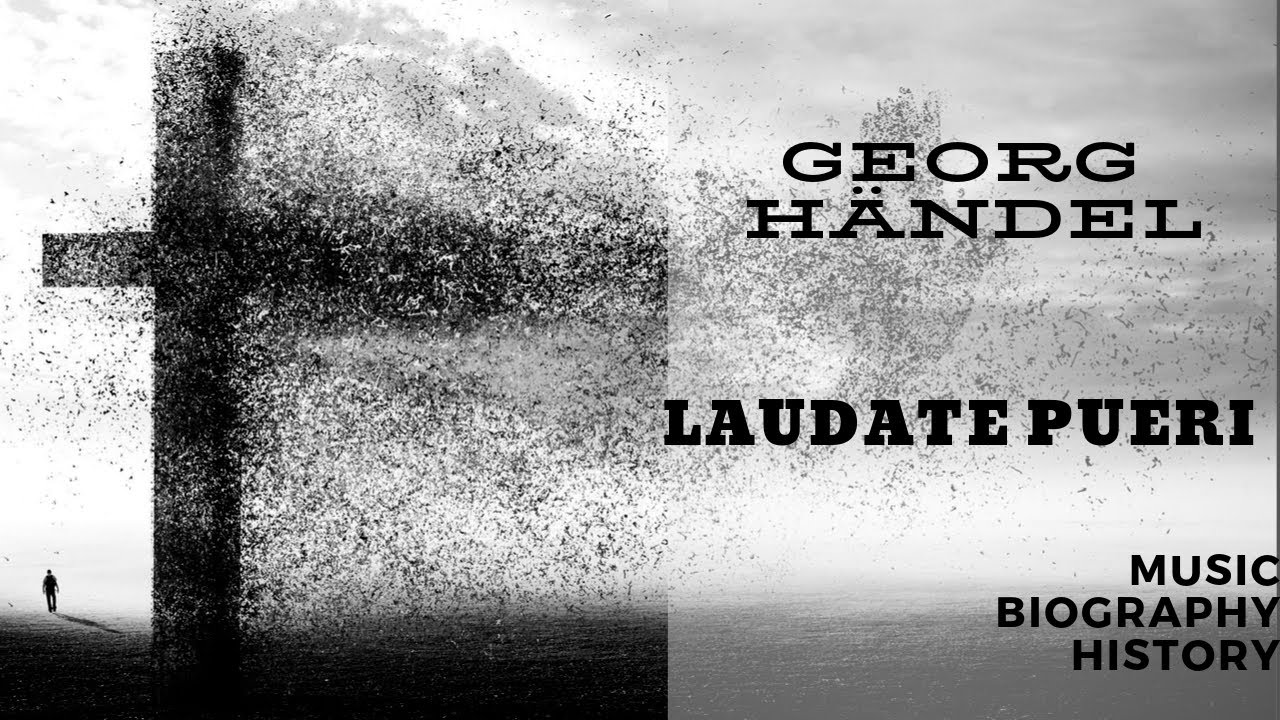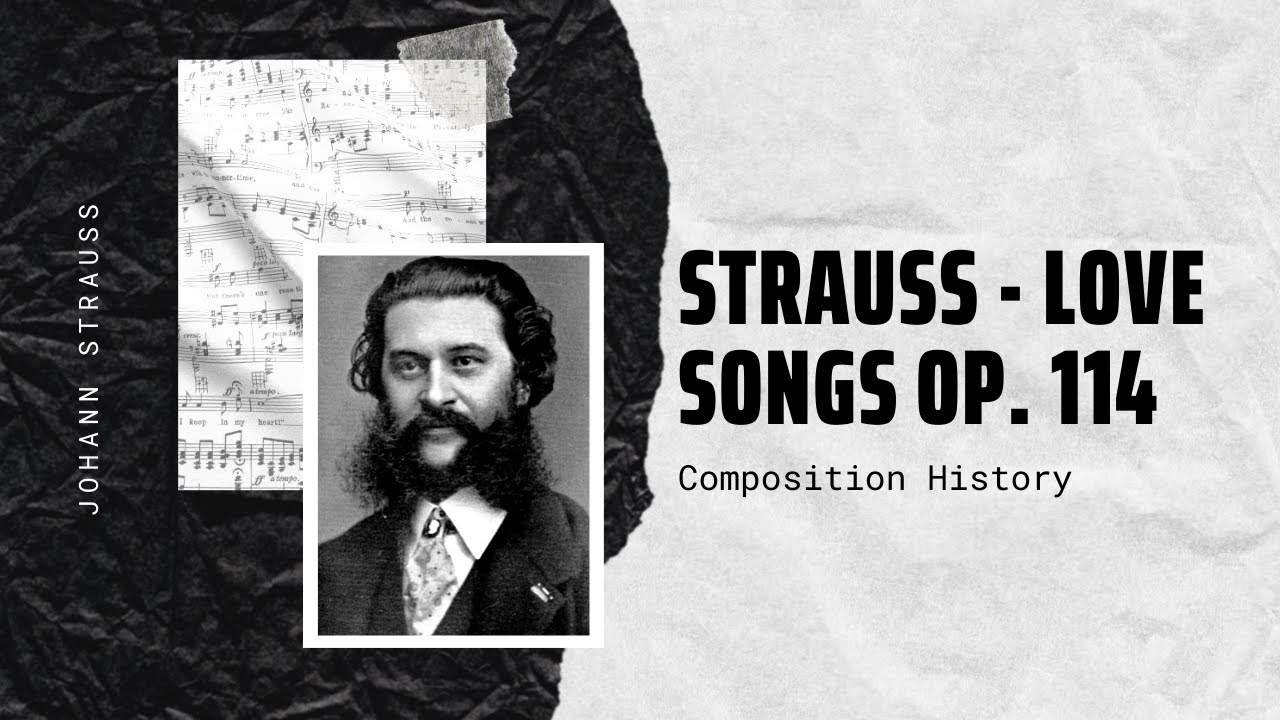
Strauss – Annen Polka Op. 117
Johann Strauss – Annen Polka Op. 117 Johann Strauss I (German: Johann Baptist Strauß, Johann Strauss (Vater); also Johann Baptist Strauss, Johann Strauss Sr., the Elder,[…]

Schubert – Mass in E flat major D 950
Franz Schubert – Mass in E flat major D 950 Mass No. 6 in E-flat major, D 950, is a mass composed by Franz Schubert. It[…]

Mozart – Violin Concerto No. 2
Wolfgang Amadeus Mozart Violin Concerto No. 2 in D major K. 211 was composed by Wolfgang Amadeus Mozart in 1775. The concerto has the usual fast-slow-fast[…]

Handel – Laudate Pueri (Psalm 112)
Georg Friedrich Händel George Frideric (23 February 1685 (O.S.) [(N.S.) 5 March] – 14 April 1759) was a German, later British, Baroque composer who spent the[…]

Strauss – Love Songs Op. 114
Johann Strauss – Love Songs Op. 114 Liebeslieder op. 114 is a waltz by Johann Strauss II written in 1852 (not to be confused with Brahms’s[…]

Strauss – Vienna Blood Op. 354
Johann Strauss – Vienna Blood Op. 354 Wiener Blut (‘Viennese Blood’, ‘Vienna Blood’ or ‘Viennese Spirit’) Op. 354 is a waltz by Johann Strauss II first[…]

Bach – Johannes Passion BWV 245
Johann Sebastian Bach Johannes Passion BWV 245 Primeira parte 1. 10:14 Coro: Herr, unser Herrscher, dessen Ruhm in allen Landen herrlich ist! 2. 3:02 2a. Evangelista, Jesus: Jesus ging mit[…]

Bach – Kantate BWV 80
Johann Sebastian Bach Ein feste Burg ist unser Gott (“A Mighty Fortress Is Our God”), BWV 80 (also: BWV 80.3), is a chorale cantata for Reformation[…]

Bach – Oboe Concerto
Johann Sebastian Bach Johann Sebastian Bach (31 March [O.S. 21 March] 1685 – 28 July 1750) was a German composer and musician of the Baroque period.[…]

Vivaldi – Oboe concert in A minor
Antonio Vivaldi Antonio Lucio Vivaldi (4 March 1678 – 28 July 1741) was an Italian Baroque musical composer, virtuoso violinist, teacher, and Roman Catholic priest. Born[…]